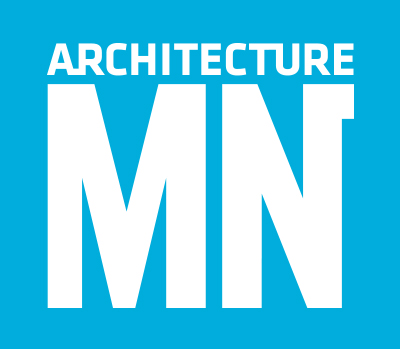After a tragic event leveled a beloved building, Minnehaha Academy turned to Cuningham Group Architecture to help rebuild its campus and community
By Joel Hoekstra
In August 2017, just weeks before classes were going to resume at Minnehaha Academy in Minneapolis, a gas explosion rocked the upper campus of the private Christian school. The blast took the lives of two people and critically injured a third. The historic heart of the campus—a century-old academic wing—was ultimately deemed unsalvageable.
Grief-stricken school administrators scrambled to set up classes in temporary quarters. Then, after a period of mourning, the community began to weigh options for moving forward. Speed was paramount, of course, but school leaders wanted more than a replacement building. They saw a once-in-a-generation opportunity to build a structure that could accommodate future changes in enrollment, technology, and teaching styles. Design-wise, they wanted a facility that blended into the existing campus yet looked contemporary and met modern expectations for environmental sustainability.
“It was a tall order,” says Minnehaha Academy president Donna Harris. “We needed a partner who knew what we are all about, someone who understood us and could move fast.”
Prior to the explosion, the school had retained Minneapolis-based Cuningham Group Architecture to do master planning and designs for a new STEM lab. Cuningham’s deep experience in K-12 design and familiarity with the Minnehaha community made the firm a natural choice for the rebuild. At the conclusion of an RFP process, Harris asked Cuningham to help the academy move ahead, and planning meetings began in December 2017. The new structure opened for classes this past fall.
A MORE NATURAL FOCUS
Founded in 1913, Minnehaha Academy is among the oldest schools in Minnesota, and the brick buildings of its high school campus are landmarks on West River Parkway, overlooking the Mississippi. The destroyed buildings, completed in 1912 and 1922, were set back from the river, and their small windows offered only limited views of the ancient river gorge nearby.
In contrast, the new building, composed of two three-story academic wings connected by a wide main-floor commons, takes full advantage of the school’s picturesque setting. Floor-to-ceiling windows in common spaces and classrooms give students unfettered views of the tree-lined river bluffs, and exterior doors in the science labs allow teachers to move learning outdoors. Daylight permeates the complex (reducing energy costs) even on the grayest winter days.
The exterior is also contemporary in aesthetic, mixing bird-safe glass, copper flashing, and handmade Danish brick—a nod to the iconic red brick used in the original Georgian-style structures. (See “Molding the Future” for the story of how the school and its architects came to use the hand-molded Danish brick.) Inside, the brick is used as a surround for an enormous hearth. The overall effect is a neo-Nordic character that subtly pays homage to the school’s Scandinavian roots.
SHAPED BY MULTIPLE FORCES
Religious beliefs also shaped the project. “This is a community that is motivated by faith,” says Cuningham principal Judith Hoskens, Assoc. AIA, “so, that had to be reflected in the work.” The architects responded with, among other features, two olive trees in the commons that symbolize peace and friendship as well as the strength and unity of the Minnehaha community. A small prayer chapel sits at the base of a steeple whose ceiling soars 46 feet overhead, drawing eyes heavenward. Clad in CNC-cut wood panels and furnished with just a few chairs, the chapel is an intimate space where staff and students can find solitude and silence.
The school’s religious mission is also evident in graphic signage around the building. Each faculty department was asked to provide a Bible verse or other quotation that represents its discipline, and the selections are printed on walls throughout the building.
Sustainability concerns informed several aspects of the design. Interior materials, for example, were all selected with indoor air quality in mind, and operable windows and shades allow building occupants to regulate room temperatures and bring in fresh air. Variable lighting controls help keep spaces lit at appropriate levels.
Finally, the building also memorializes the original structures and, more important, the two staffers who lost their lives in the 2017 blast. Two boulders set in the lawn mark the spot where students gathered to connect and grieve on the afternoon of the tragedy. The cornerstone of the 1922 building can be seen in the lobby, next to a display that artfully superimposes red bricks salvaged from the wreckage on a wall-sized image of the 1922 building.
Harris recalls the morning she watched a group of students cross the campus and lay eyes on the new facility for the first time. “Their jaws dropped. They couldn’t believe it,” she says. “It was a look of sheer disbelief and joy—like Christmas morning.”
MINNEHAHA ACADEMY UPPER CAMPUS
Location: Minneapolis, Minnesota
Client: Minnehaha Academy
Architect and landscape architect: Cuningham Group Architecture, Inc.
Principal-in-charge: Judith Hoskens, Assoc. AIA
Project lead designer: Chad Clow, AIA
Construction manager: Mortenson
Owner’s representative: TEGRA Group
Addition size: 72,000 square feet
Completion: August 2019
Photographer: Gaffer Photography


